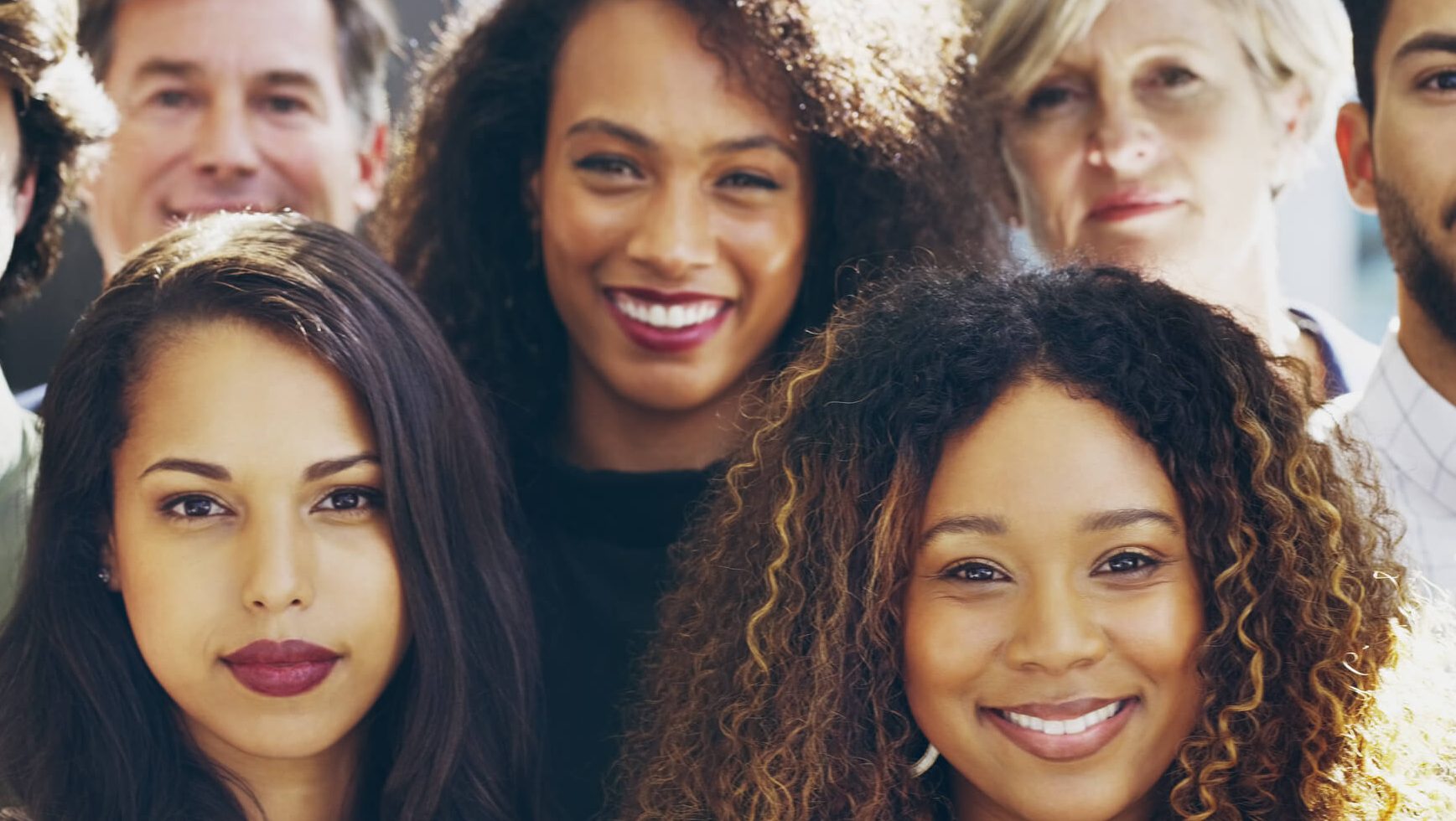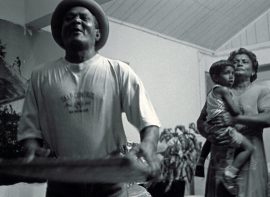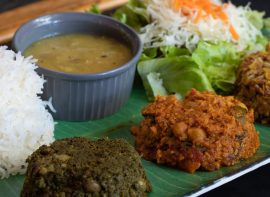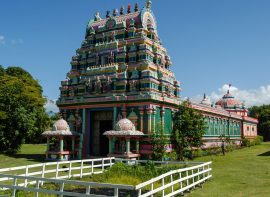

At the crossroads of European, Malagasy, Indian, Asian and African civilizations, Réunion Island is a perfect example of living together. A land of a thousand faces, Réunion has a unique blend of religions, culture, art and cuisine. Réunion has a population of over 850,000.
Réunion’s population is particularly mixed. Muslims, Christians, Hindus and Buddhists live in perfect harmony. Symbols of this tolerance, churches, Tamil temples, mosques and Chinese pagodas are an integral part of the urban landscape.
Today’s Reunionese faces, most of them of mixed race, carry this history. Depending on their origin, they are familiarly and affectionately referred to as :
cafres or “Kafs”: descendants of African and Malagasy slaves or indentured laborers;
zarabs: descendants of Indian Muslim indentured laborers, who share their religion with Arabs;
malbars: descendants of South Indian indentured laborers;
zoreys: French from mainland France;
chinois: Reunionnais of Chinese origin and of little mixed race;
yab, or “petit blanc des Hauts”: descendants of the more modest settlers pushed to the upper reaches of the island in the second half of the 19th century.
The Creole language
The official language on Reunion Island is French. However, the people of Reunion also speak Creole, a language that has developed over the course of the island’s settlement and which has inherited the linguistic contributions of the various populations that make up the Reunionese people: French, Malagasy, African, Indian… Creole is widely used by the Reunionese on a daily basis, both at home (“la kaz”) and at work, but it in no way opposes or competes with French, since the latter remains the predominant written language. Depending on the circumstances, the speaker will use one or the other language, or even both. In 2014, Reunionese Creole acquired the status of a regional language, and is taught in schools and studied at the University of Reunion.
Some words and expressions in Creole and their translation into French :
Akoz: because
Allons bouger: we’re going
Arack: rum
Bat karé: to go for a walk
Bonbon: savoury cake or sweet (bonbon piment, bonbon banane)
Bordmer: beach
Boug: man
Cafrine or Kafrine: often used affectionately to refer to a black or mixed-race Reunionese girl.
Cari: dish, a kind of stew prepared from meat, fish or vegetables and cooked with turmeric, accompanied by rice
Fanm: woman
Gramoune: elderly person
Grègue: tin coffee pot for poured coffee
Kansa ? when?
Kayamb: musical instrument made of reeds and filled with job seeds
Kisa? who?
Koman i lé? How are you?
Kosasa ? What is it?
Kwélafé ? what’s going on? or what’s new?
Lambrequin: Creole hut frieze
Lé bon: okay
Léla: it’s okay
Lé mol: it’s not okay
Loto: car
Malabar: Tamil Indian
Mi aime a ou: I love you
Moucater: to make fun of
Nénéne: nanny who looks after the children and the house
Ousa? where?
Pilon: mortar for pounding spices
Pokoué? Why?
Rougail: sauce that accompanies Creole dishes
Sa mèm (mèm): that’s it
Santé vié moun: we make it go
Siouplé: please
Soulyé: shoe
Tantine: girlfriend
Touris: tourist
Yab: white-skinned inhabitant of the highlands
Zenfant: child
Ziskakan? until when?



